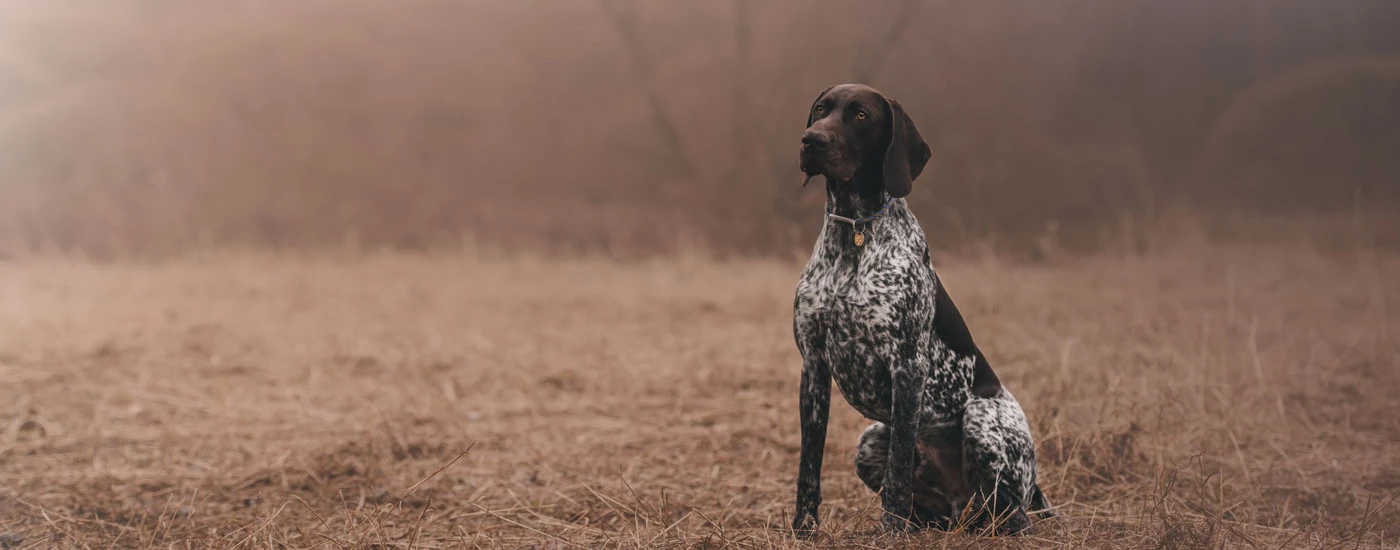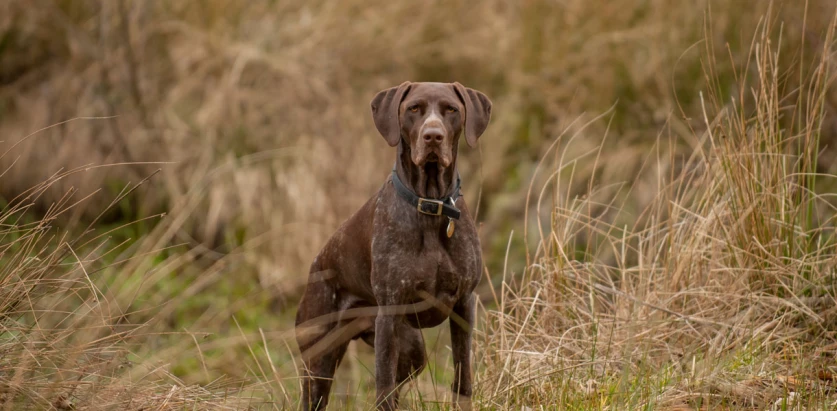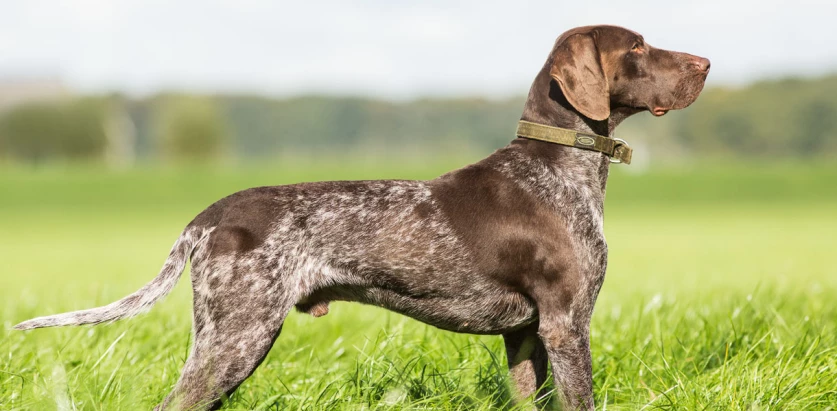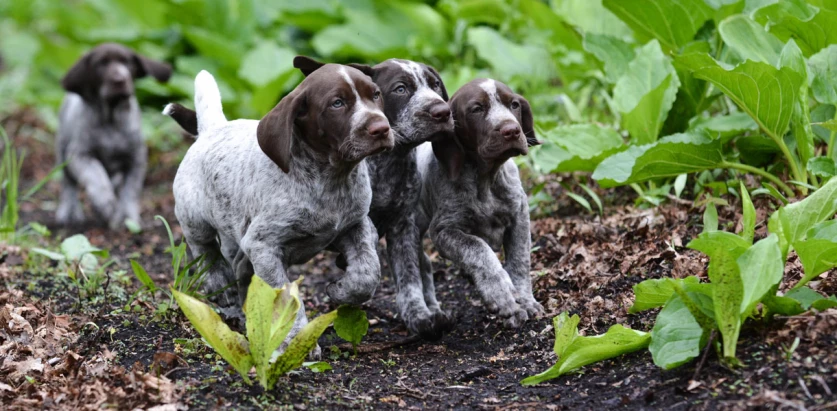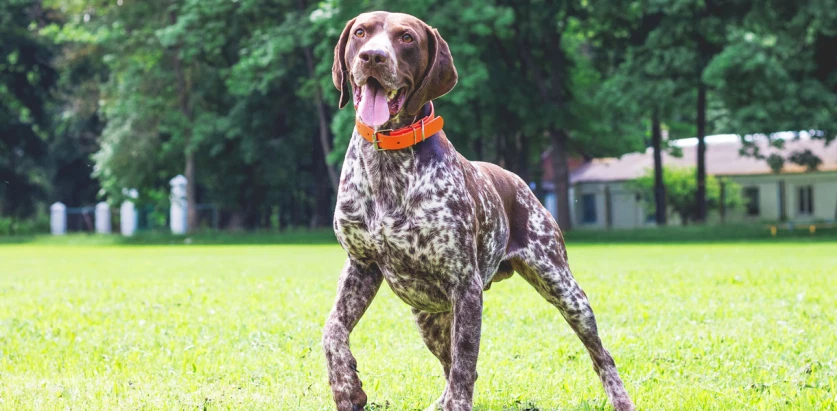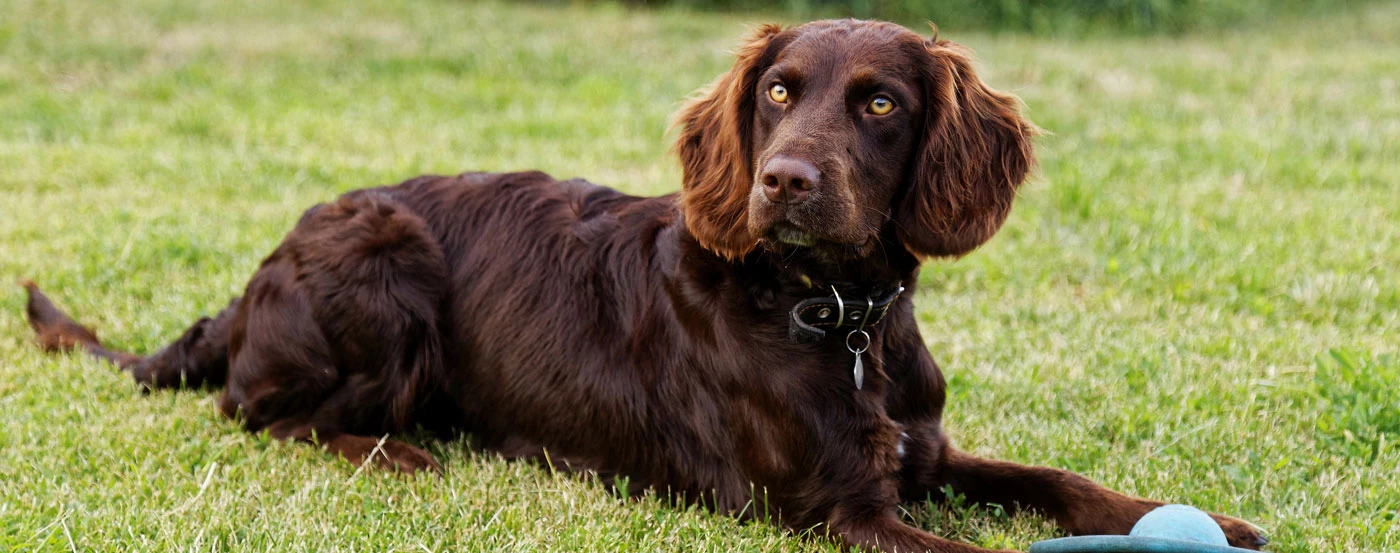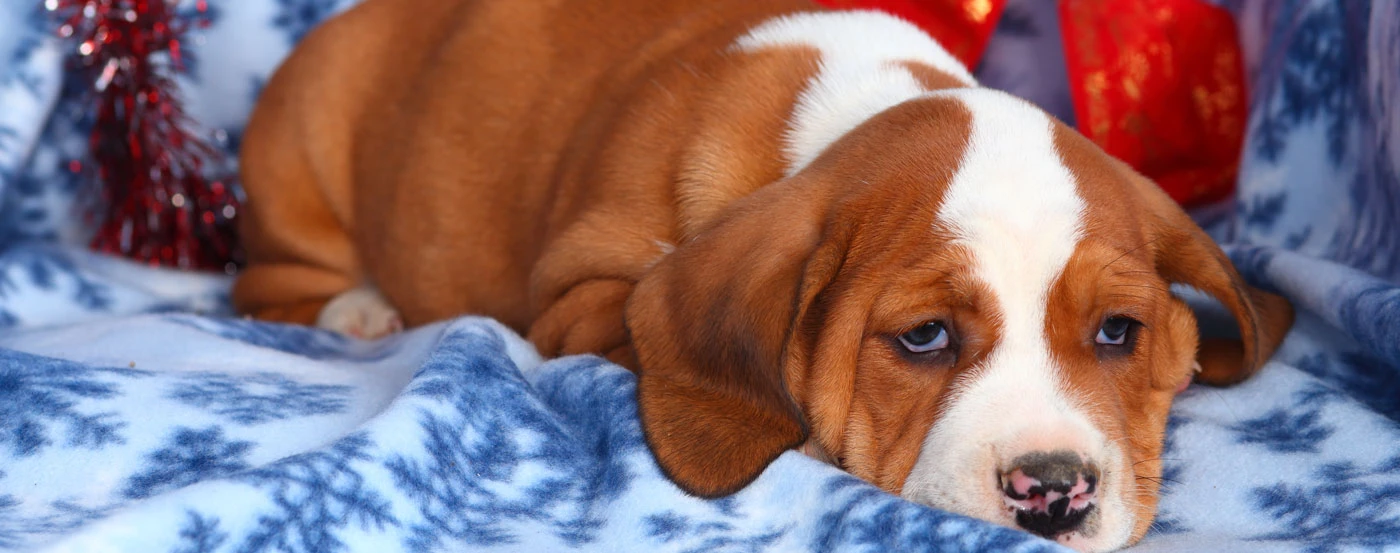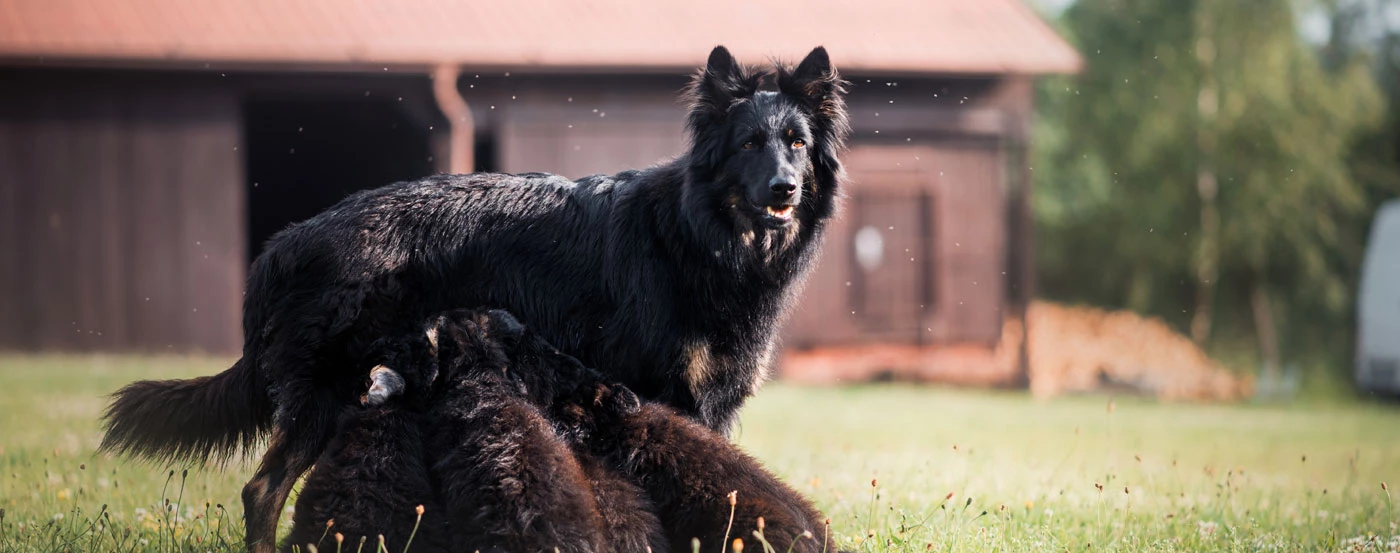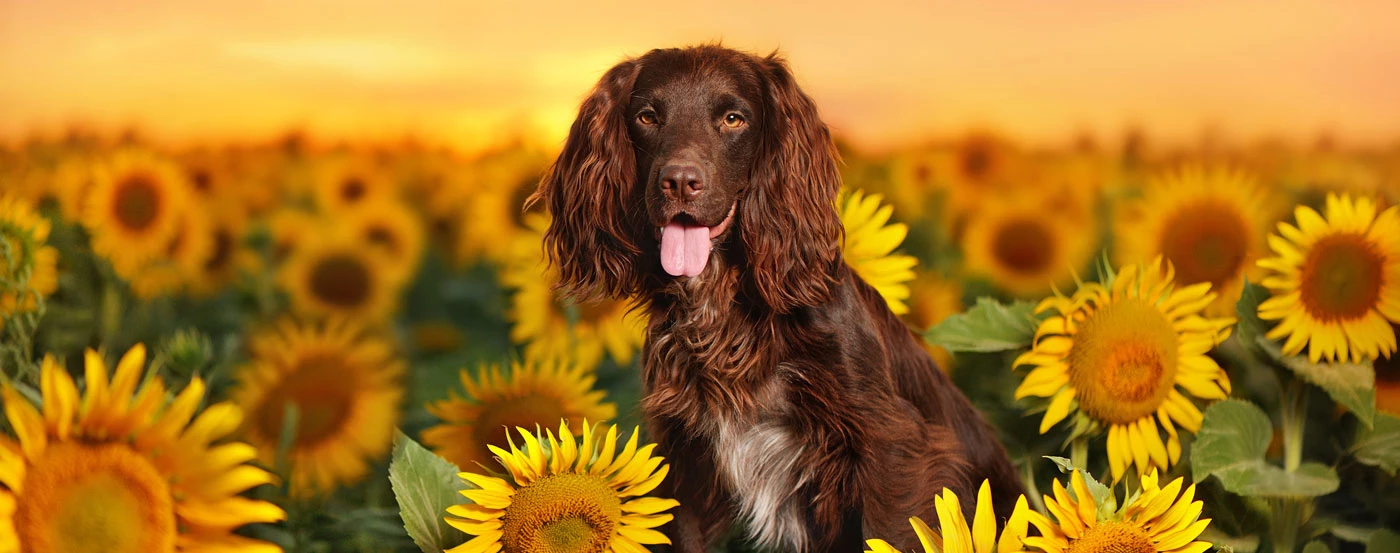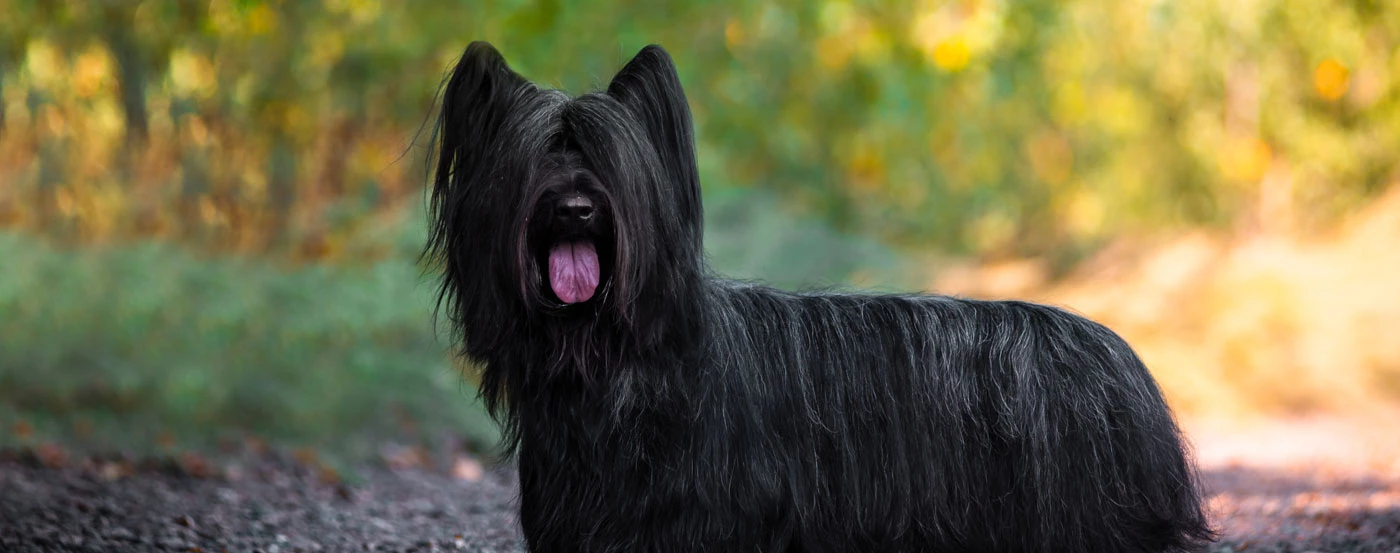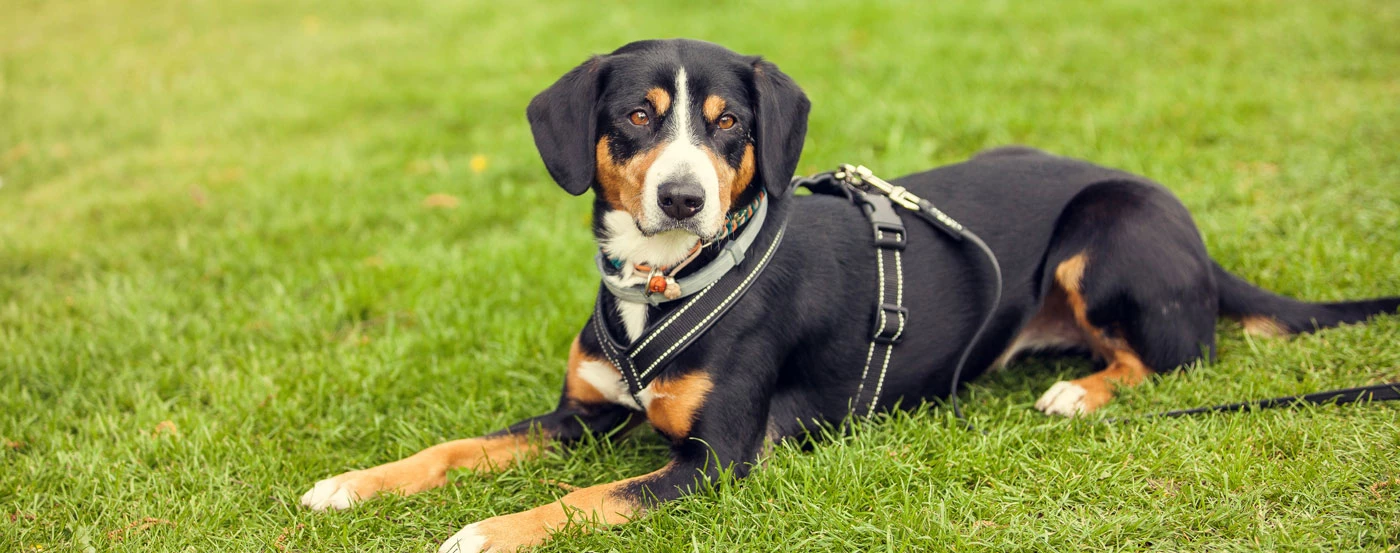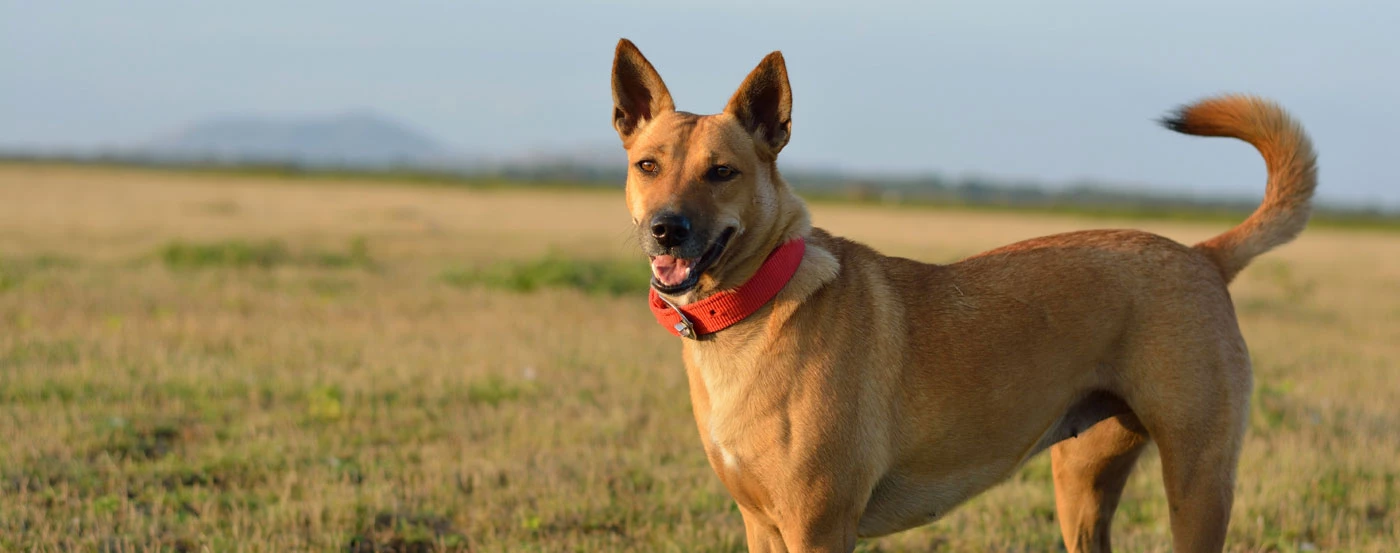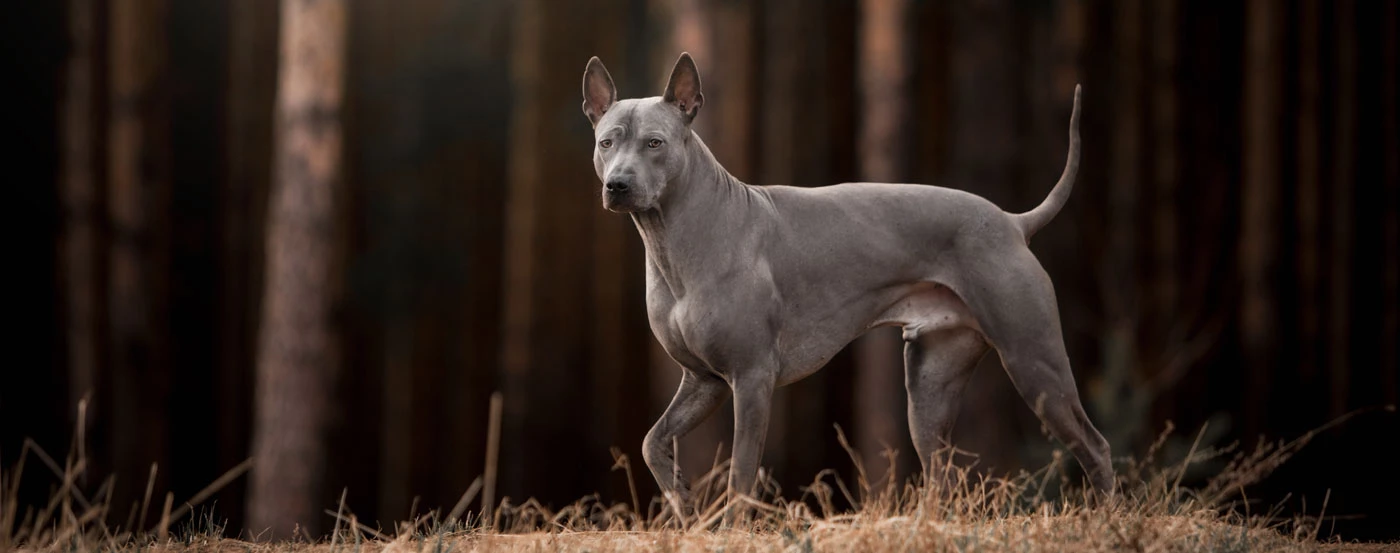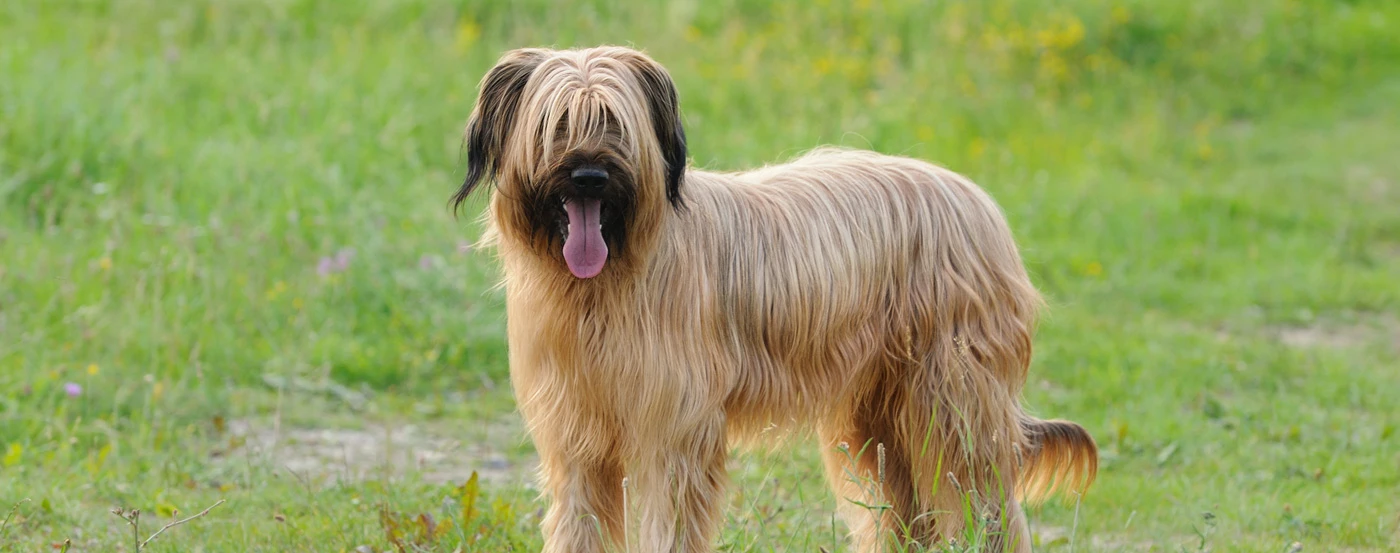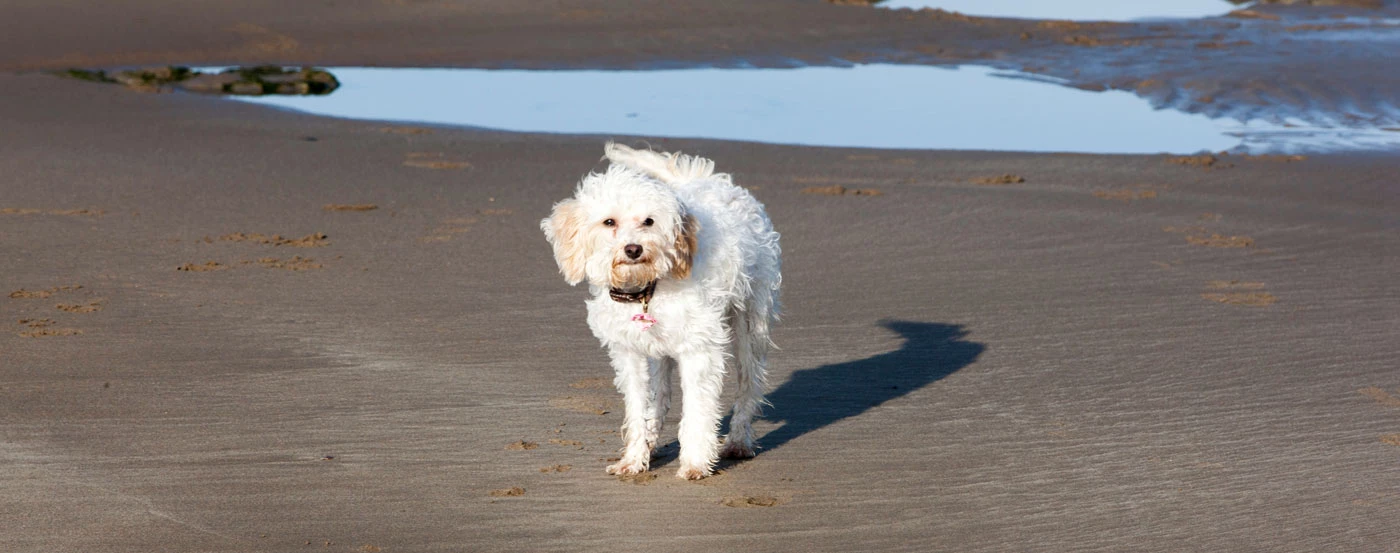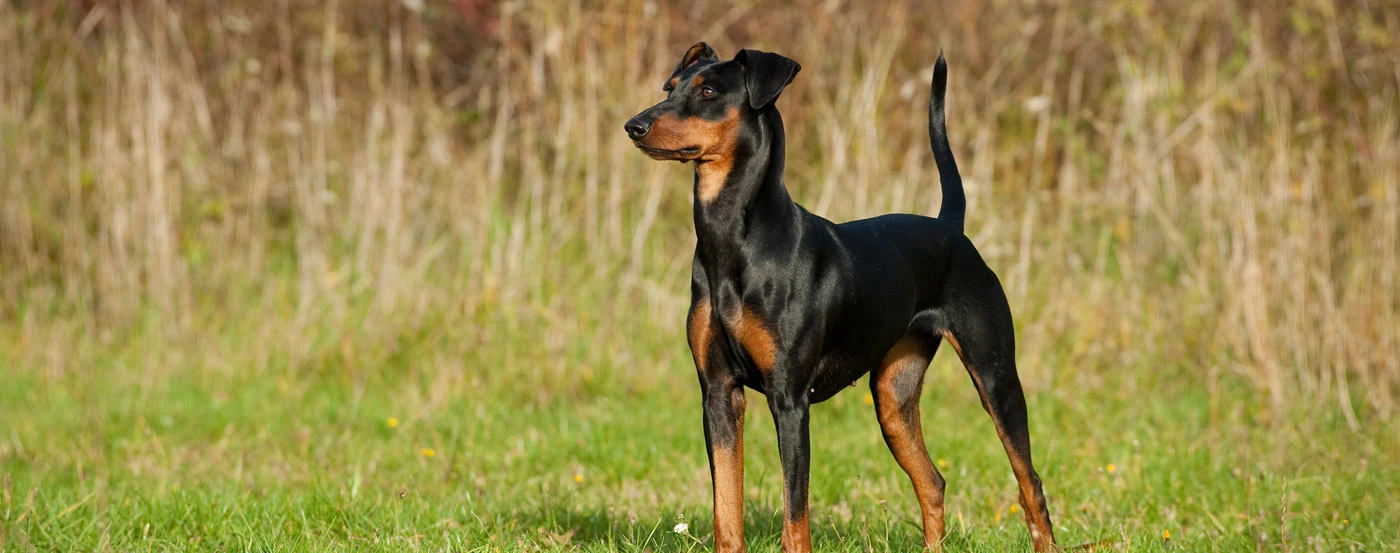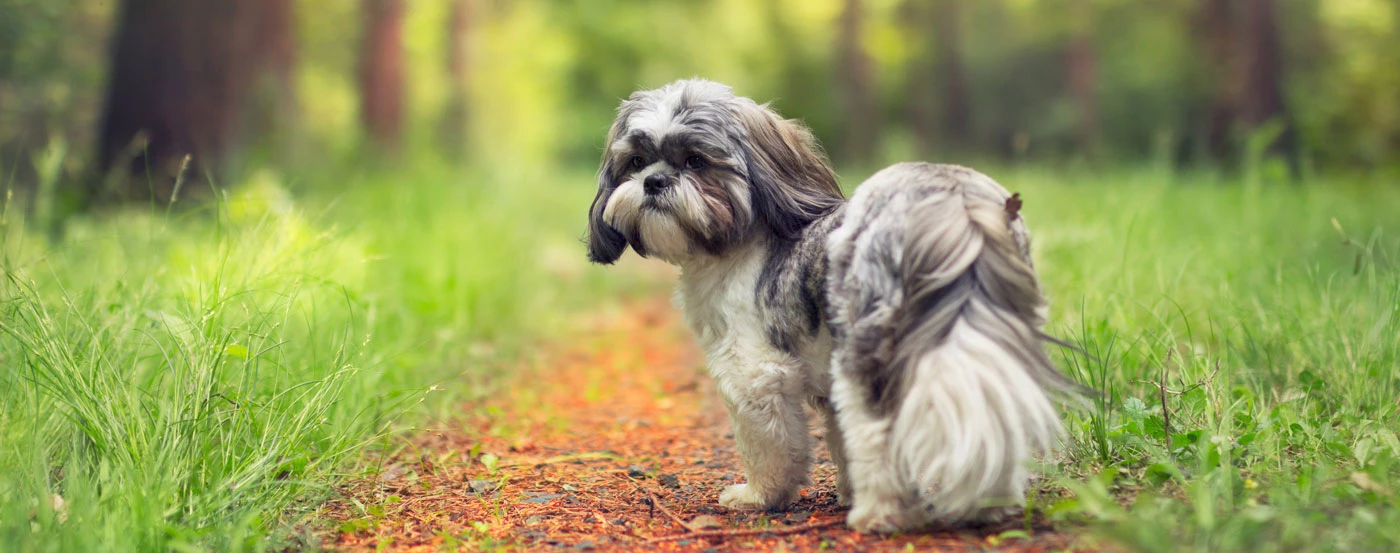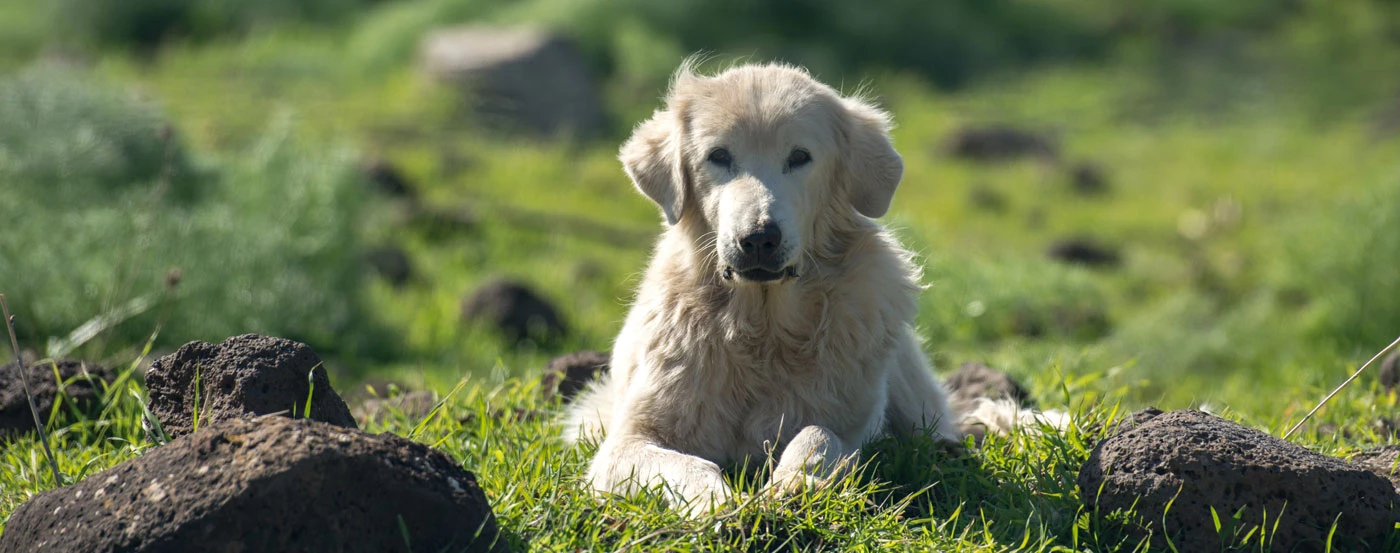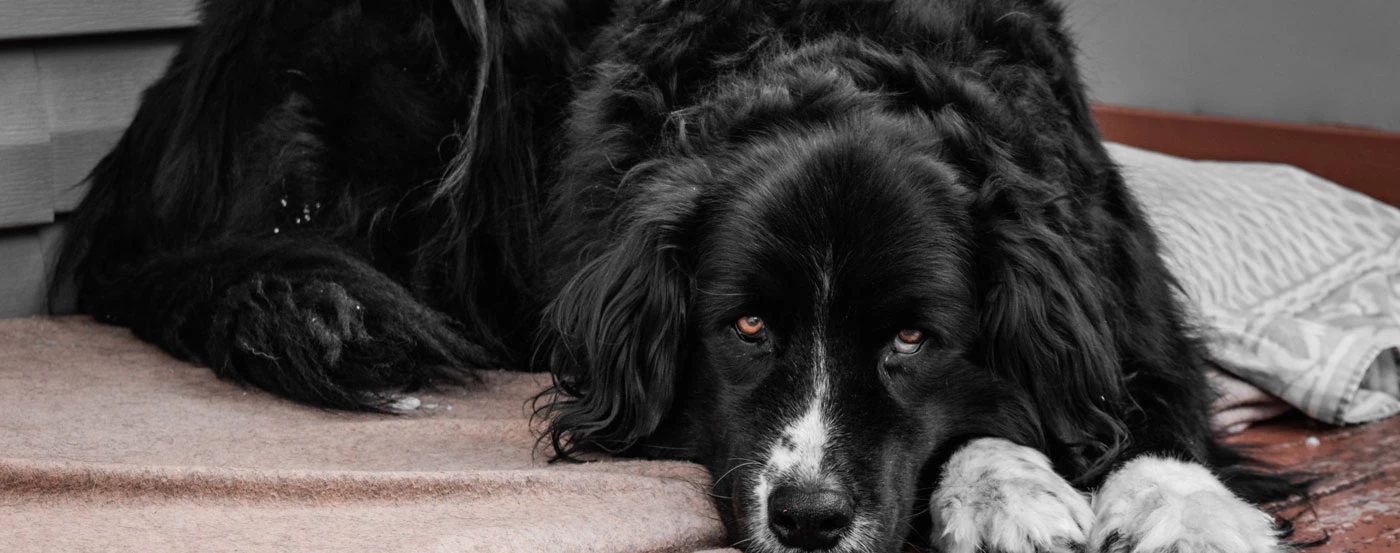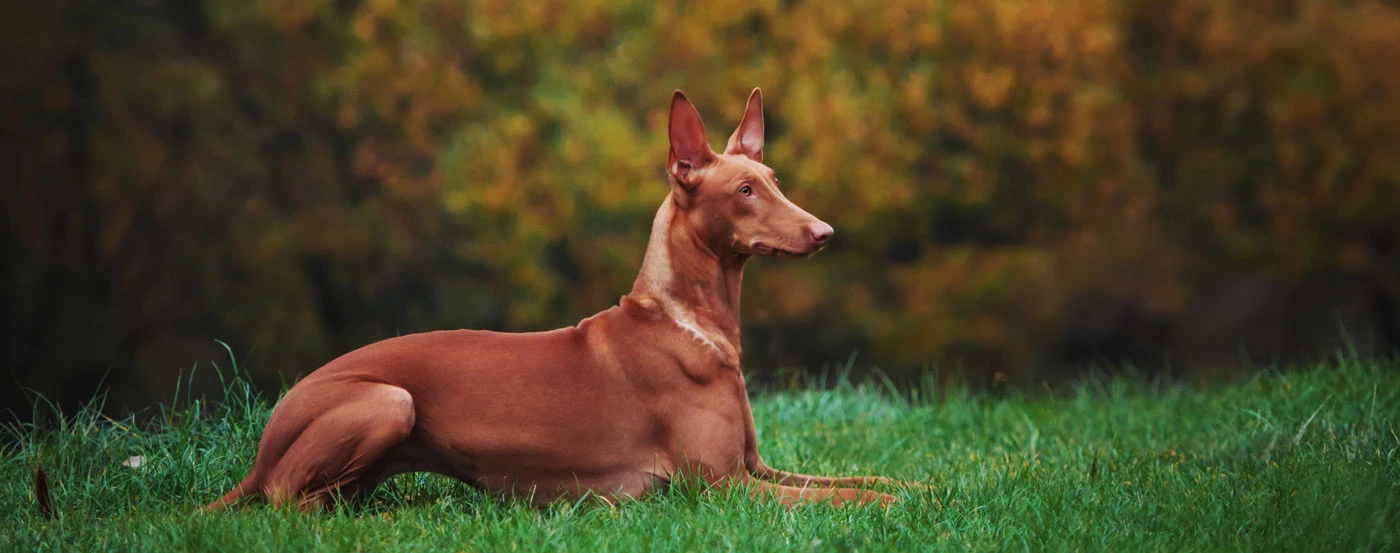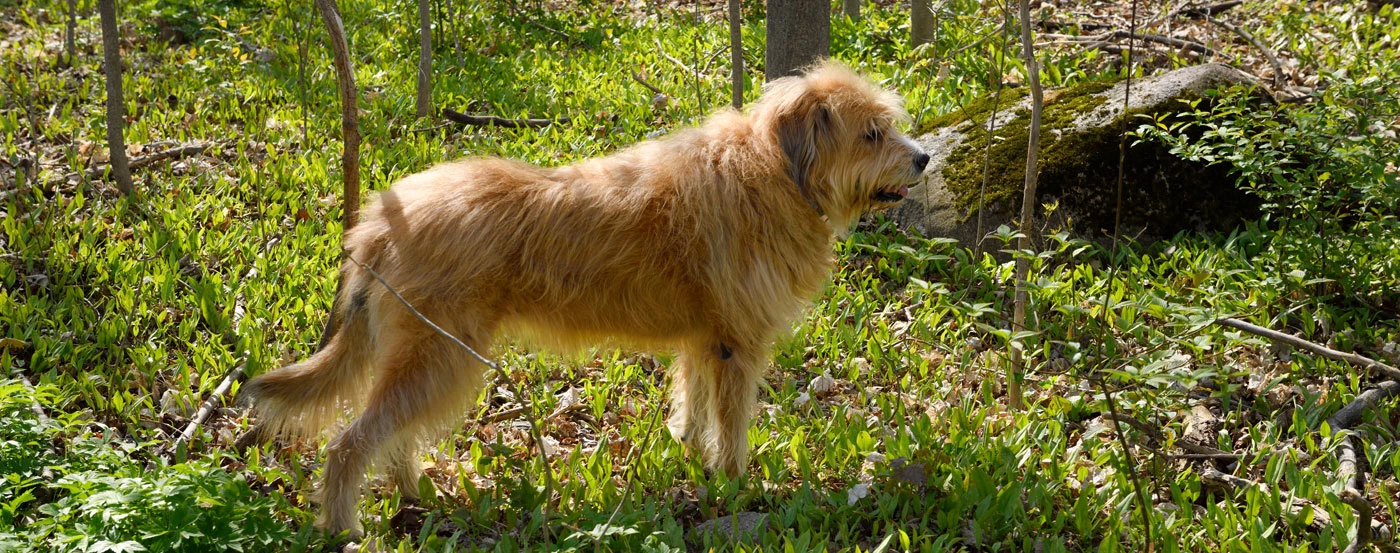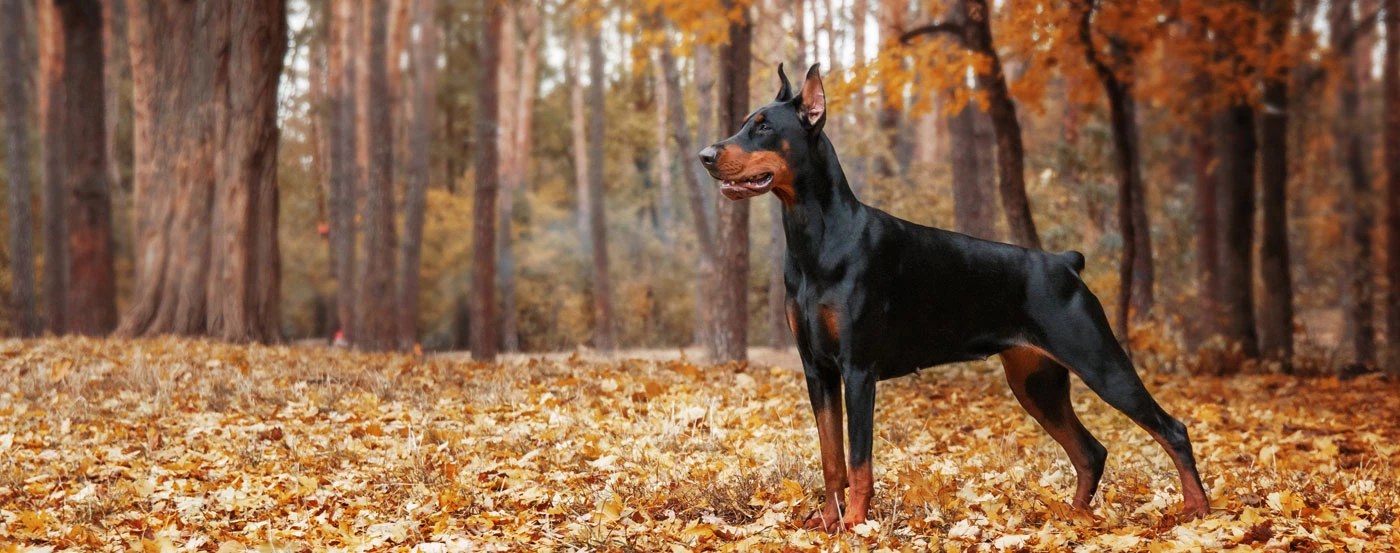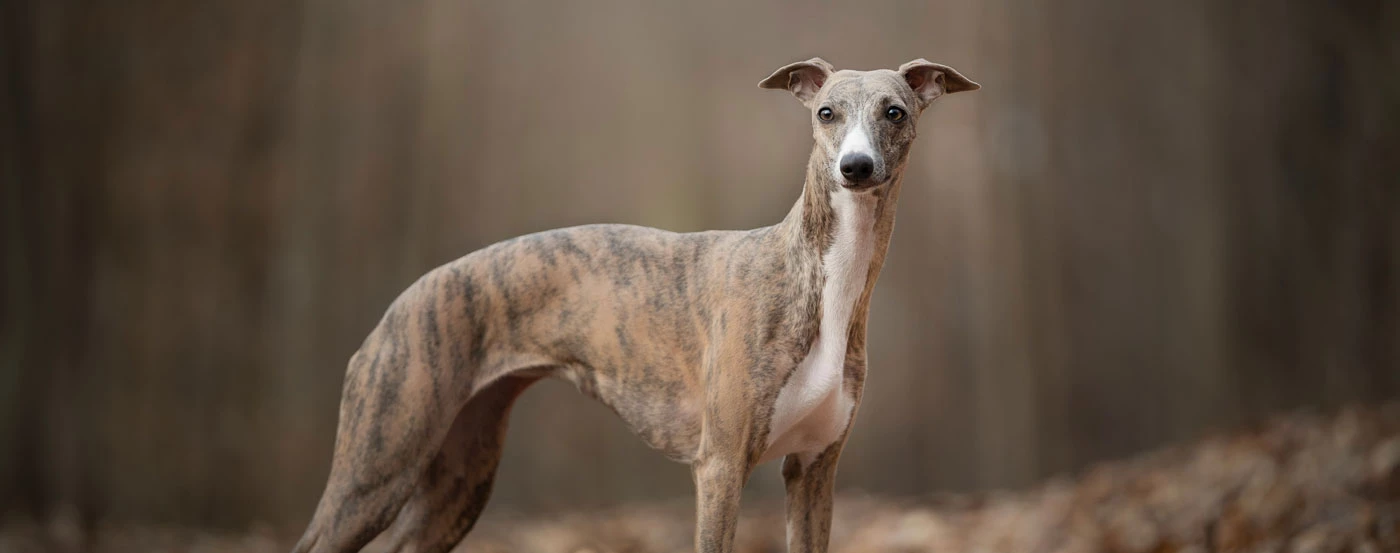About the German Shorthaired Pointer
Buying the right dog for you and your family is a serious choice to make. Finding out about your preferred breeds will help you make the best decision.
This guide will give you all the information you need about the German Shorthaired Pointer to help you make a well-informed decision about whether this is the perfect pet for you.
German Shorthaired Pointer Gallery
What is the history & origin of the German Shorthaired Pointer?
German Shorthaired Pointers are hunting dogs whose origins can be traced back to the 17th century. The dog we recognise today came about from Spanish Pointers, Bloodhounds, and imported Pointers from England.
The first German Shorthaired Pointer to be registered with the German Kennel Club was in 1872 and proved popular immediately. The breed was imported into the US in 1925 and recognised by the American Kennel Club in 1930.
Who are German Shorthaired Pointer dogs best for?
German Shorthaired Pointers are very energetic dogs that love human company. They would be best suited for people that can spend a lot of time with them and are active enough to get out for regular walks with the dog.
They can be great family dogs, too, but it is worth noting that their energy can sometimes be a bit much for toddlers. If the dog is raised with a young family, it will fit in well.
Elderly owners will be able to spend more time with a German Shorthaired Pointer, and as long as they are still fit and able to manage long, regular walks, this breed can make an excellent companion.
How much grooming does a German Shorthaired Pointer need?
As you might imagine by the name, the coat of a German Shorthaired Pointer is relatively short. The coat is dense and water repellant and the hair on the head is shorter, softer, and thinner. You will find longer hair around the haunches and underside of the tail.
The reddish-brown and white coats are simple to care for, and not much grooming is required outwith weekly brushing. The coat should only be bathed when necessary. Depending on where you walk your dog, this will vary.
German Shorthaired Pointers are not excessive shedders, and using a firm bristle brush every week should help to minimise the volume of hair cast.
Do German Shorthaired Pointer bark much?
Barking should not be a big problem with German Shorthaired Pointers. As a breed, they have a relatively low tendency to bark or howl and will only do this to alert you to strangers or strange noises. Despite barking at strangers, they tend to be more reserved than aggressive.
Do German Shorthaired Pointer bite?
If your German Shorthaired Pointer is showing aggressive tendencies and biting, understanding why they are displaying this kind of behaviour is an important part of solving the issue.
Aggression can come in many forms, including dog to dog, dog to human, territorial, fear-based, pain-induced, frustration, maternal instincts, and resource guarding.
Perceived aggression that is shown during play can also be mistakenly diagnosed as true aggression. The difference is that true aggression displays signs such as;
Bared teeth
Biting
Snapping
Dilated pupils
Wrinkled nose
Raised hackles
Pinned ears
Stiff body and stance
Stiff and standing tail
If this is the case, try to identify the trigger before taking the dog to the vet to check for any underlying issues. You should then seek the help and guidance of a behaviourist.
A dog behaviourist will be able to provide the information you need to help your dog based on the breed, behaviours, and experience.
What is the temperament & personality of a German Shorthaired Pointer?
The temperament and personality of your German Shorthaired Pointer will be dependent on several factors. The breeding of the dog is important as it will inherit certain traits.
The dogs' socialisation and training will also dictate their temperament and personality. This is why it is so important to ensure training and socialisation starting from an early age and allowing your dog to adapt.
Your dog's temperament will also be dependent on the exercise and stimulation they receive. This breed is not suited to be locked in by itself all day, and it is a social breed that needs a lot of exercise.
Destructive behaviours can be a symptom of boredom or pent-up energy, so regular, structured exercise and playtime will help the dog be more relaxed.
What is the weight & size of a German Shorthaired Pointer?
On average, a male adult dog will measure between 58.5 cm to 63.5 cm and weigh from 25 kilos to 32 kilos. Female German Shorthaired Pointers are slightly smaller on average and should measure between 53.5 cm to 58.5 and weigh from 20.5 kilos up to around 27.5 kilos.
How much training does a German Shorthaired Pointer need?
The German Shorthaired Pinter breed is naturally intelligent and can learn quickly with regular training sessions. Training from an early age is essential, and puppy socialisation classes are also recommended.
They can be a challenging breed during their early years due to their high energy levels and need to be mentally stimulated. Obedience training from a young age is essential due to their strong prey drive.
What are some of the most common health issues for a German Shorthaired Pointer?
When choosing a dog, you should always take into consideration the general health of the breed and the potential issues they face. Though each dog might not suffer from these issues, it will impact the cost of pet insurance.
Ensuring you buy your dog from a reputable breeder is one way to minimise the risk of buying an unhealthy dog that has inherited issues.
Generally speaking, the German Shorthaired Pointer is a relatively healthy breed. Still, all breeds can be susceptible to certain illnesses or conditions. Here are the most common health issues a German Shorthaired Pointer might suffer from.
Cancer - Mammary tumours, lymphosarcoma, and cell tumours are the most common cancer that dog breeds like this can suffer from.
Hip Dysplasia - Hip dysplasia is a deformity of the hip joint and can be managed in less severe cases. Surgery may be required to correct the issue.
Lymphedema - Twisted or blocked lymphatic ducts can cause tissue swelling when this occurs.
GDV - GDV (Gastric dilatation-volvulus) is a common condition in deep-chested dogs like the German Shorthaired Pointer. Also known as bloat, it is when the stomach is filled with excess air that can be trapped due to torsion, and this can be lethal and should be treated by a veterinarian.
Von Willebrand's Disease - Von Willebrand's Disease is a blood disorder that affects humans and dogs and can cause bleeding issues.
Entropion - This is a condition that causes the eyelid to roll inward and can be corrected with surgery.
What is the lifespan of a German Shorthaired Pointer?
The German Shorthaired Pointer has an average lifespan of between 12 and 14 years. This is a good age for a dog and closer to the high end of average dog life expectancy.
How much should you feed a German Shorthaired Pointer?
What and how much your dog eats will be dependent on its age and size. Growing dogs need to get all the right nutrients to promote their development. Speaking with your veterinarian will help you decide on your dog's diet plan.
As your dog grows, your vet will be able to adjust the diet plan based on the development and size of your dog.
An adult German Shorthairs should get between two and three cups of quality dry food split between two meals.
What is the price of a German Shorthaired Pointer in Australia?
This wonderful German bird dog is used for several organised dog sports and is quite sought after. German Shorthaired Pointer puppies can cost in the region of $650.
The cost will depend on the breeding and the breeder, but it is always worthwhile doing your research to ensure you find a reputable breeder. Checking with the national breed club can be a great way to get some background information.
Pros
- Sleek easy-care coat
- Tautly muscled, and athletic
- Sensible watchdog
Cons
- Vigorous exercise requirements
- High separation anxiety
- Rowdy when young
